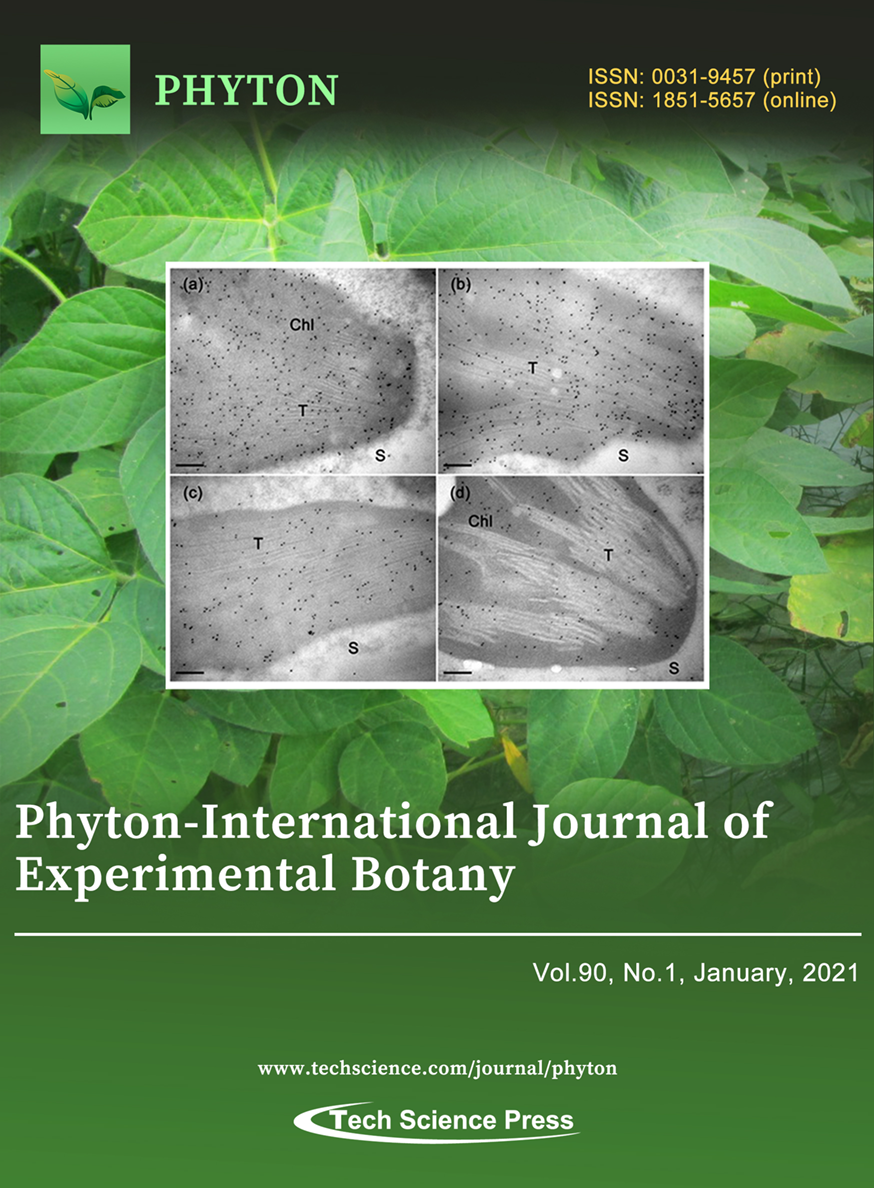
The chloroplast NAD(P)H dehydrogenase (NDH) complex is involved in photosystem I (PSI) cyclic electron transport (CEF). The enhancement of NDH-dependent CEF can facilitate the alleviation of the damage to the photosynthetic apparatus. The NdhB subunit encoded by chloroplast genome is one of the most important subunits of NDH complex. Fu et al. found a novel thylakoid transit peptide of NdhB subunit in S111-9. It may contribute to facilitating the expression and localization of NdhB subunit.
View this paper